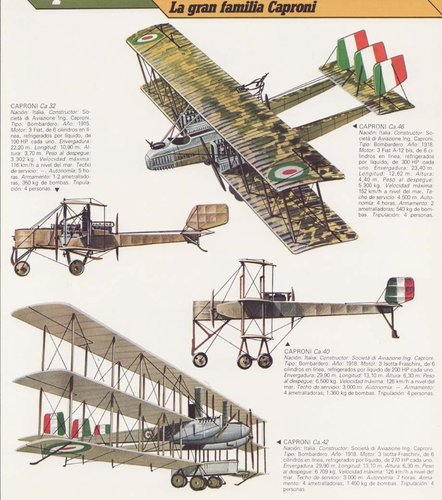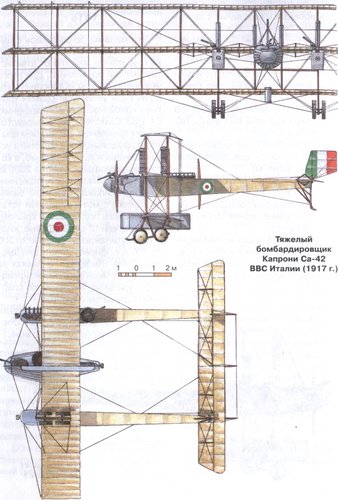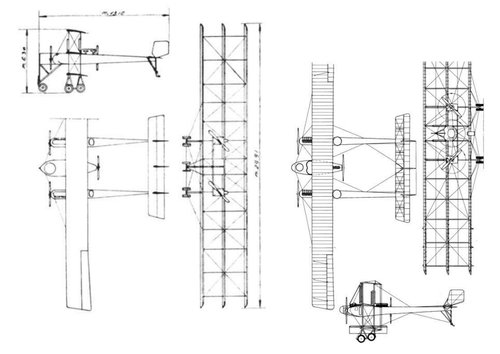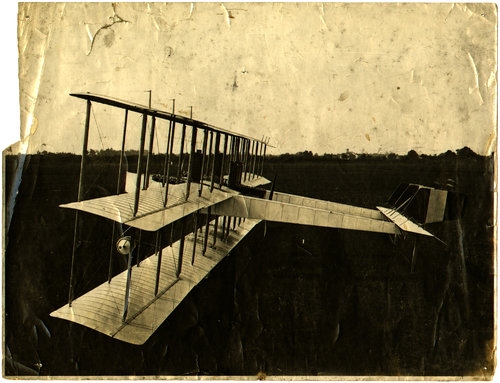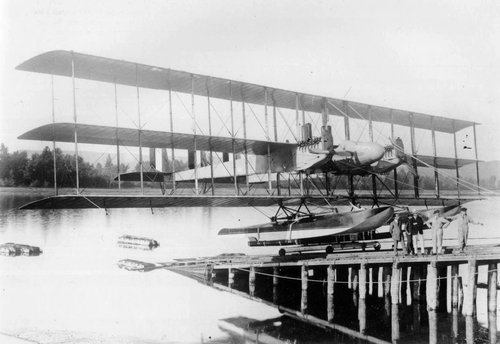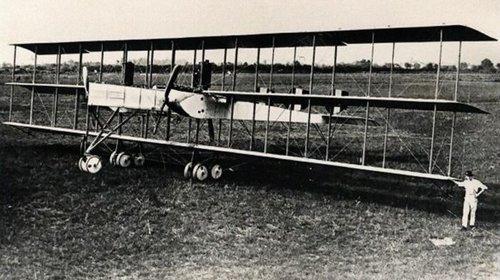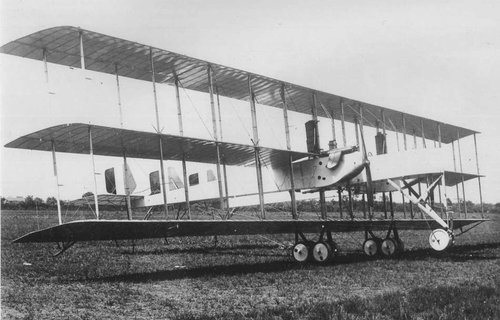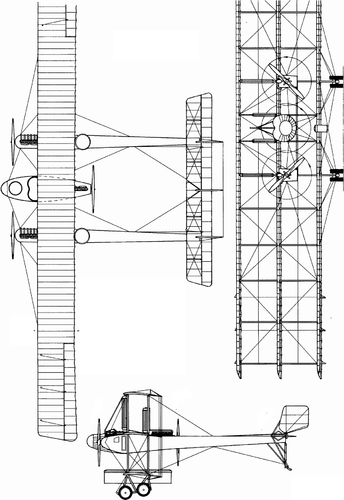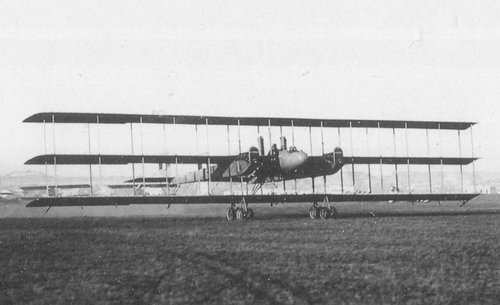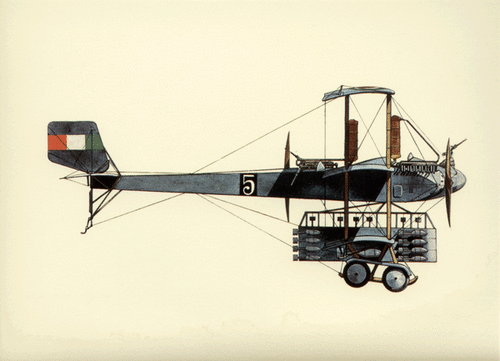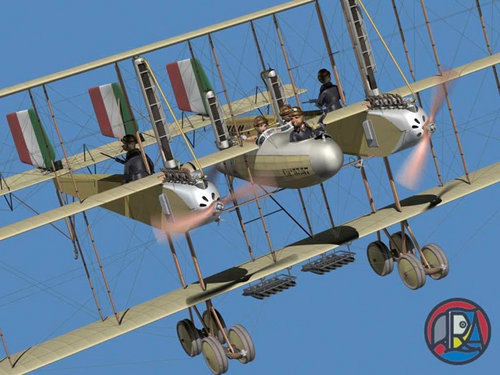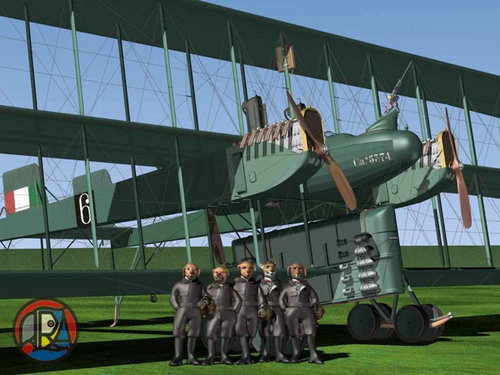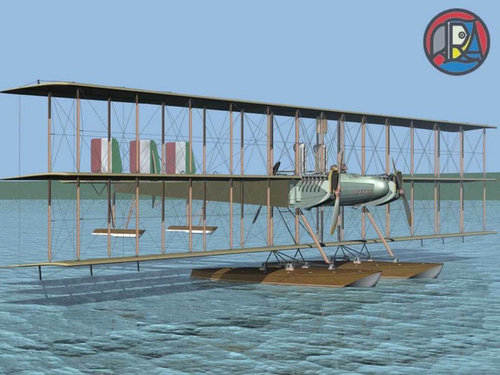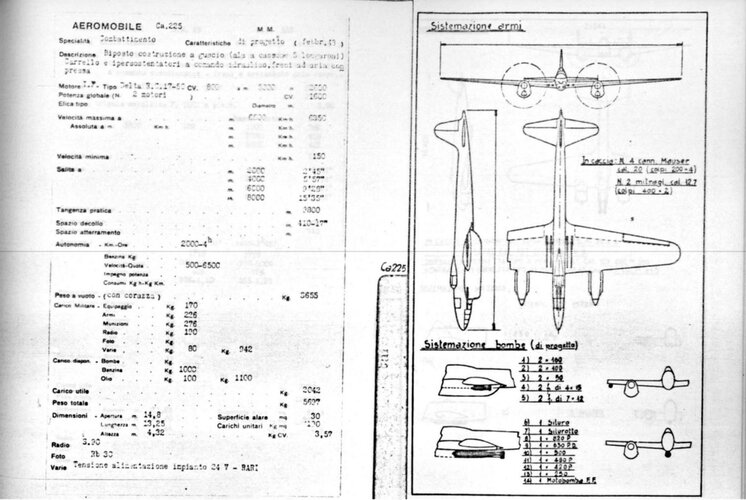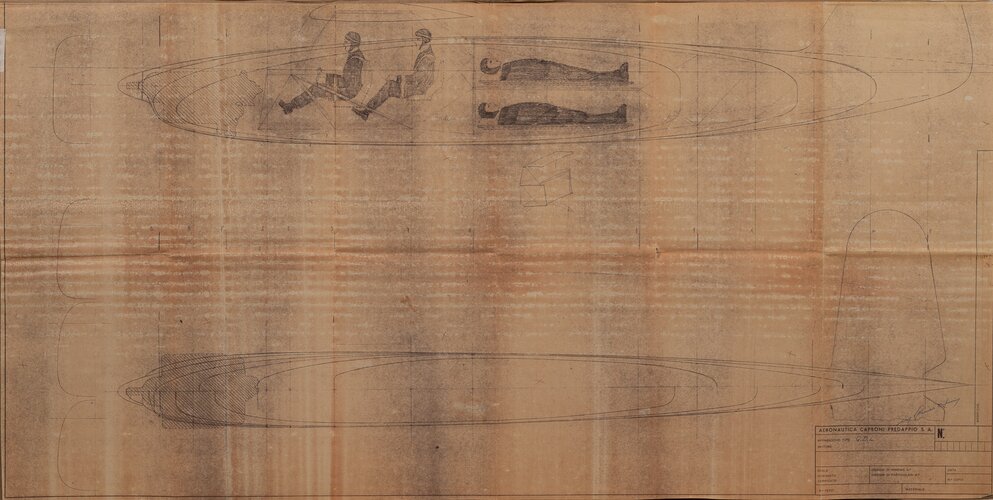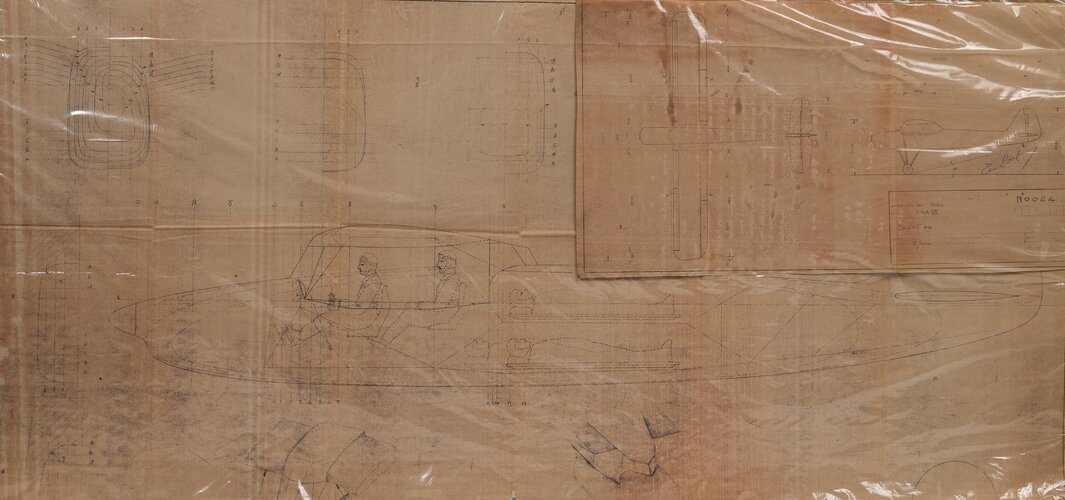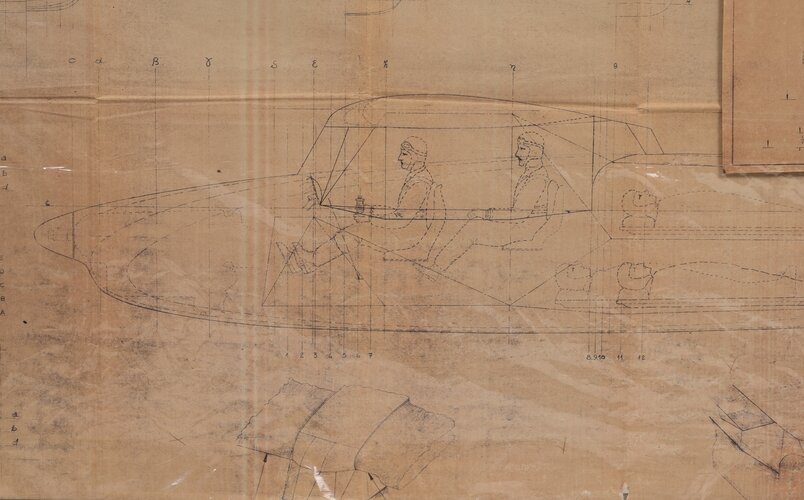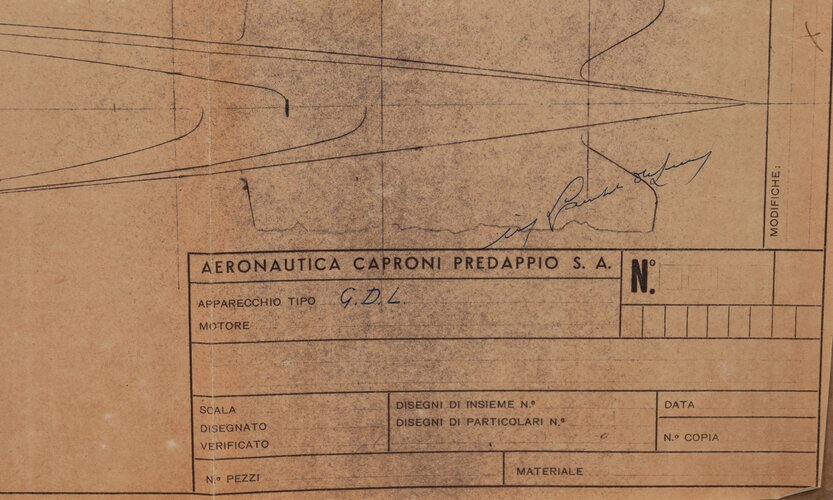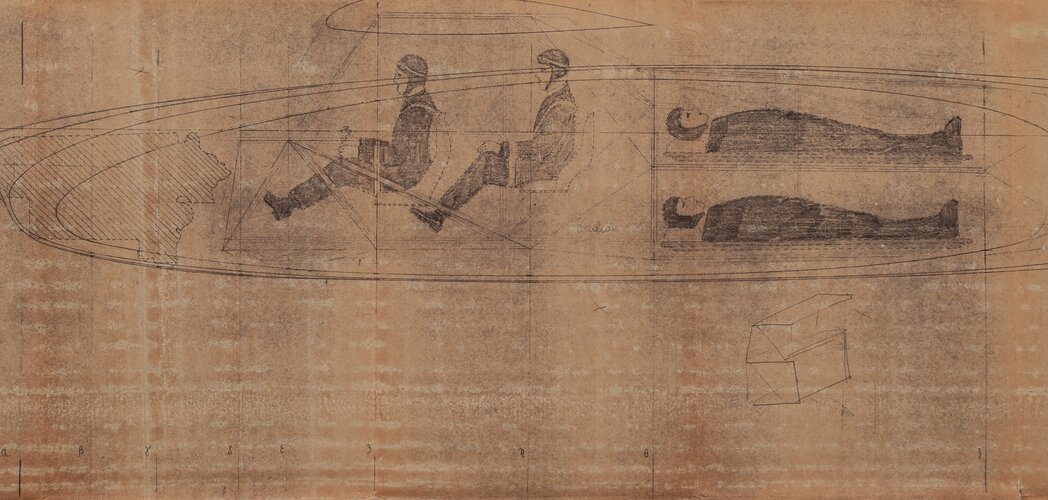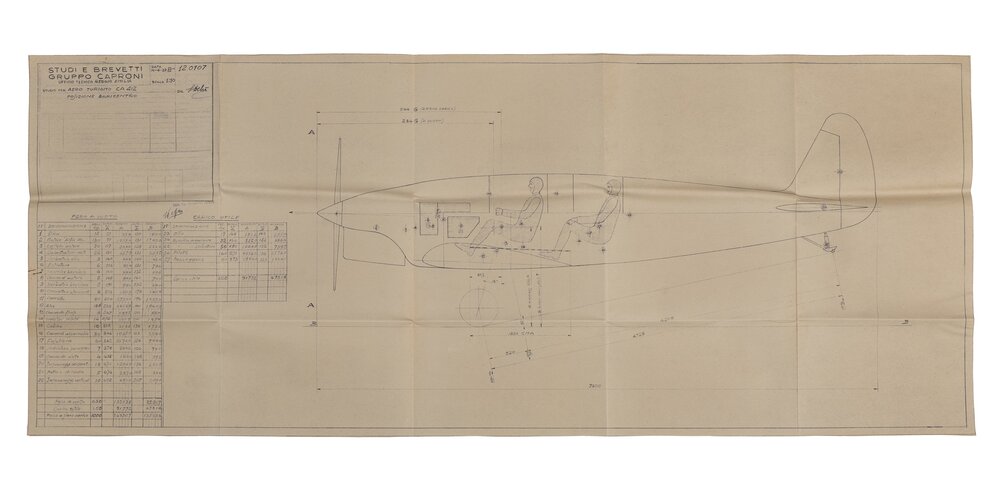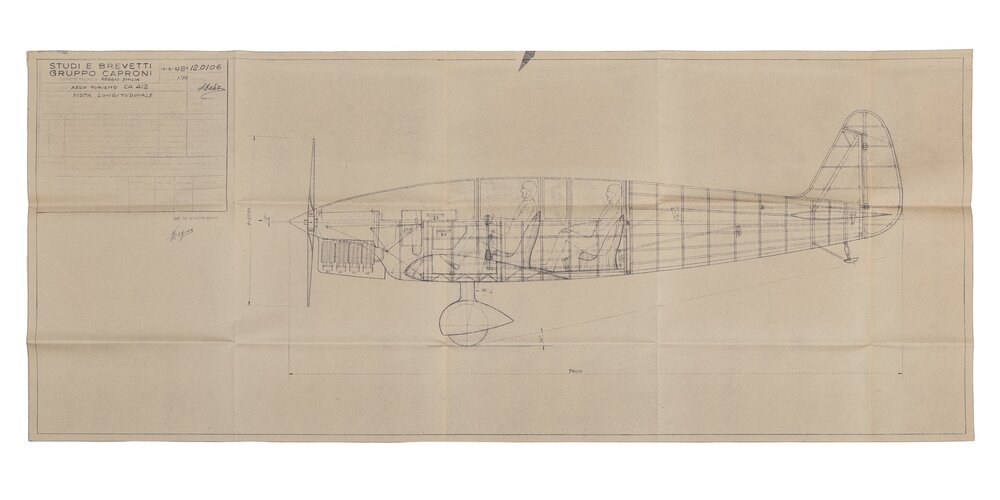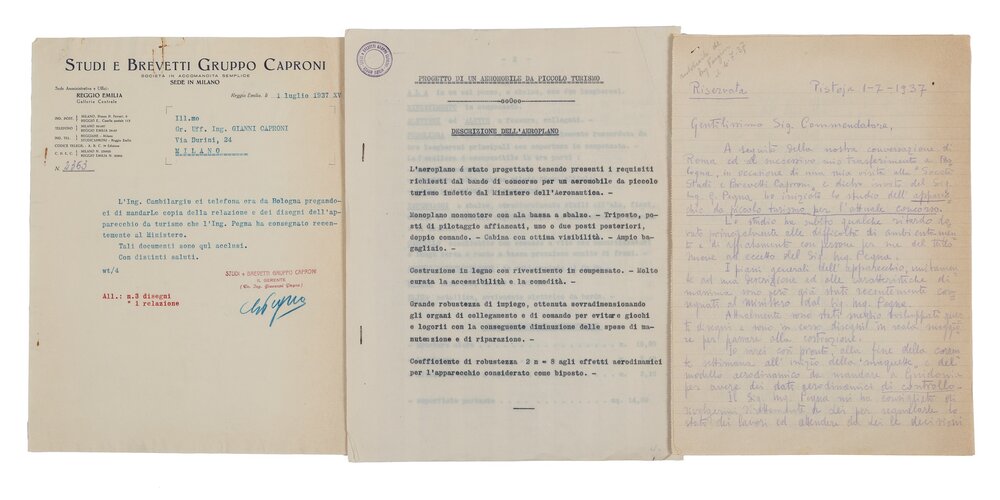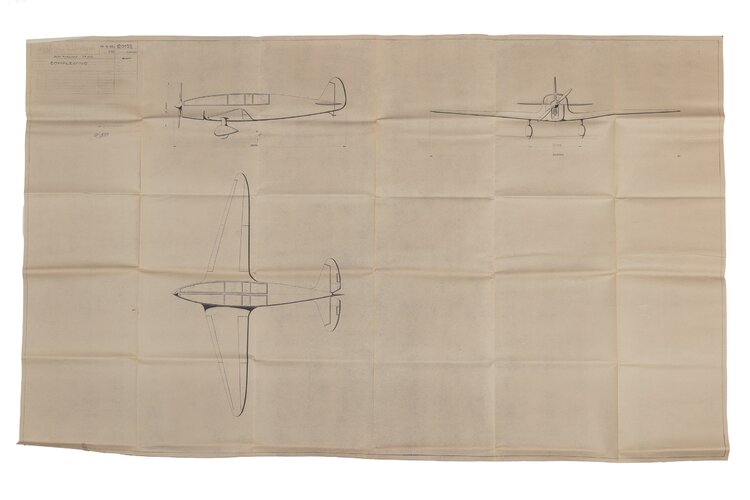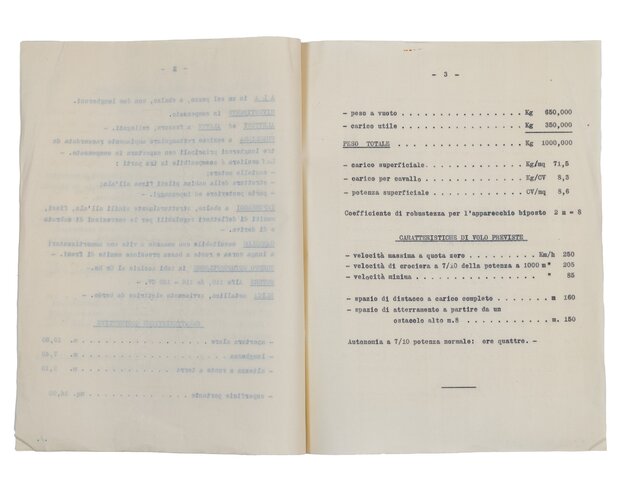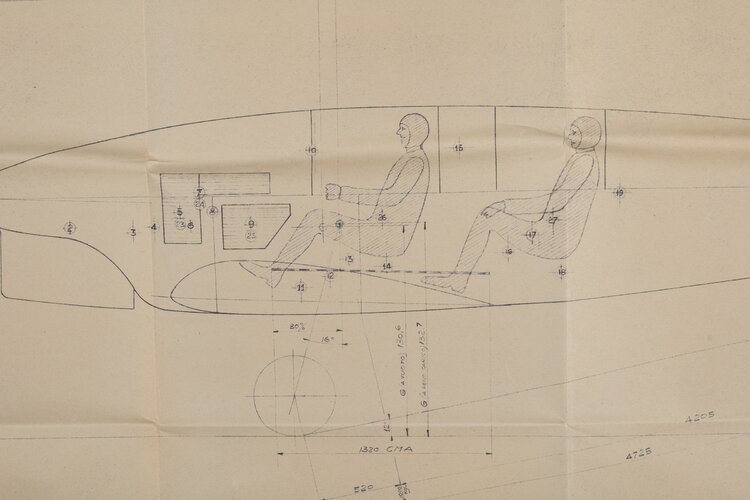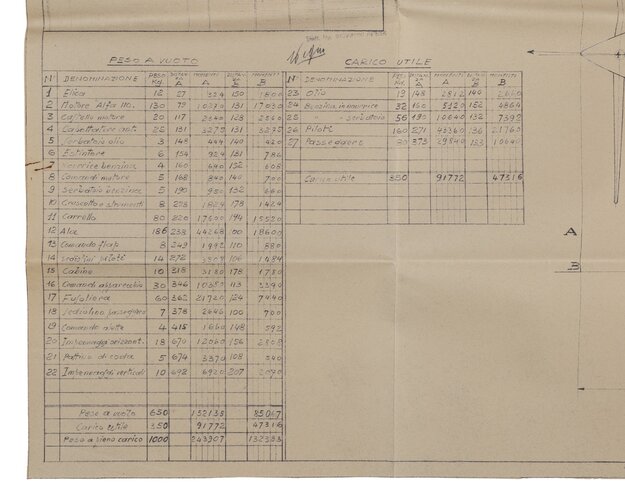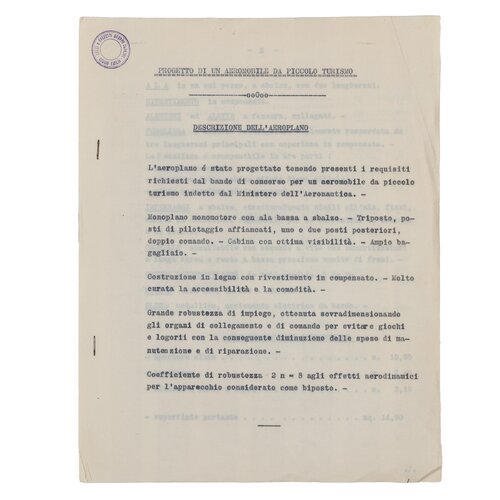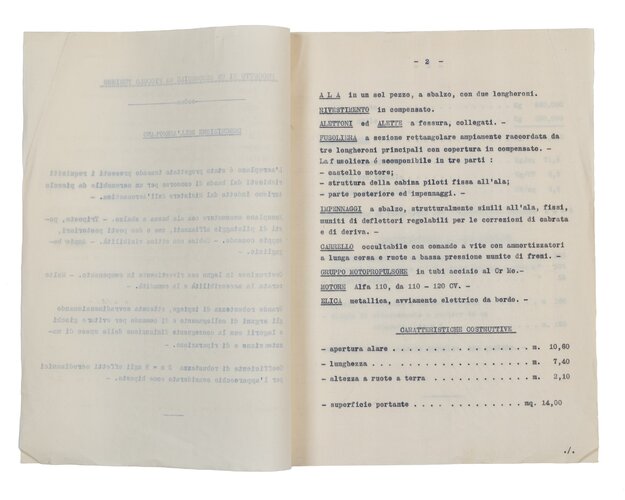blackkite
Don't laugh, don't cry, don't even curse, but.....
- Joined
- 31 May 2007
- Messages
- 8,819
- Reaction score
- 7,715
Hi! Caproni Ca.140.
http://www.airwar.ru/enc/cw1/ca140.html
"In the middle of the 30th in the factory Aeronautica have developed several versions of the Caproni bomber Ca. 111. One of them became a transport plane for the first time, Ca.140 took off in November 1935 year. From its predecessor, it featured a more powerful engine Isotta Franschini Asso 750 RC40 (900 HP), passenger compartment for 7 people and retractable landing gear.
The single prototype aircraft (MM. 140) was transferred to the Royal Italian air force, but the project did not receive further development."
http://www.airwar.ru/enc/cw1/ca140.html
"In the middle of the 30th in the factory Aeronautica have developed several versions of the Caproni bomber Ca. 111. One of them became a transport plane for the first time, Ca.140 took off in November 1935 year. From its predecessor, it featured a more powerful engine Isotta Franschini Asso 750 RC40 (900 HP), passenger compartment for 7 people and retractable landing gear.
The single prototype aircraft (MM. 140) was transferred to the Royal Italian air force, but the project did not receive further development."










